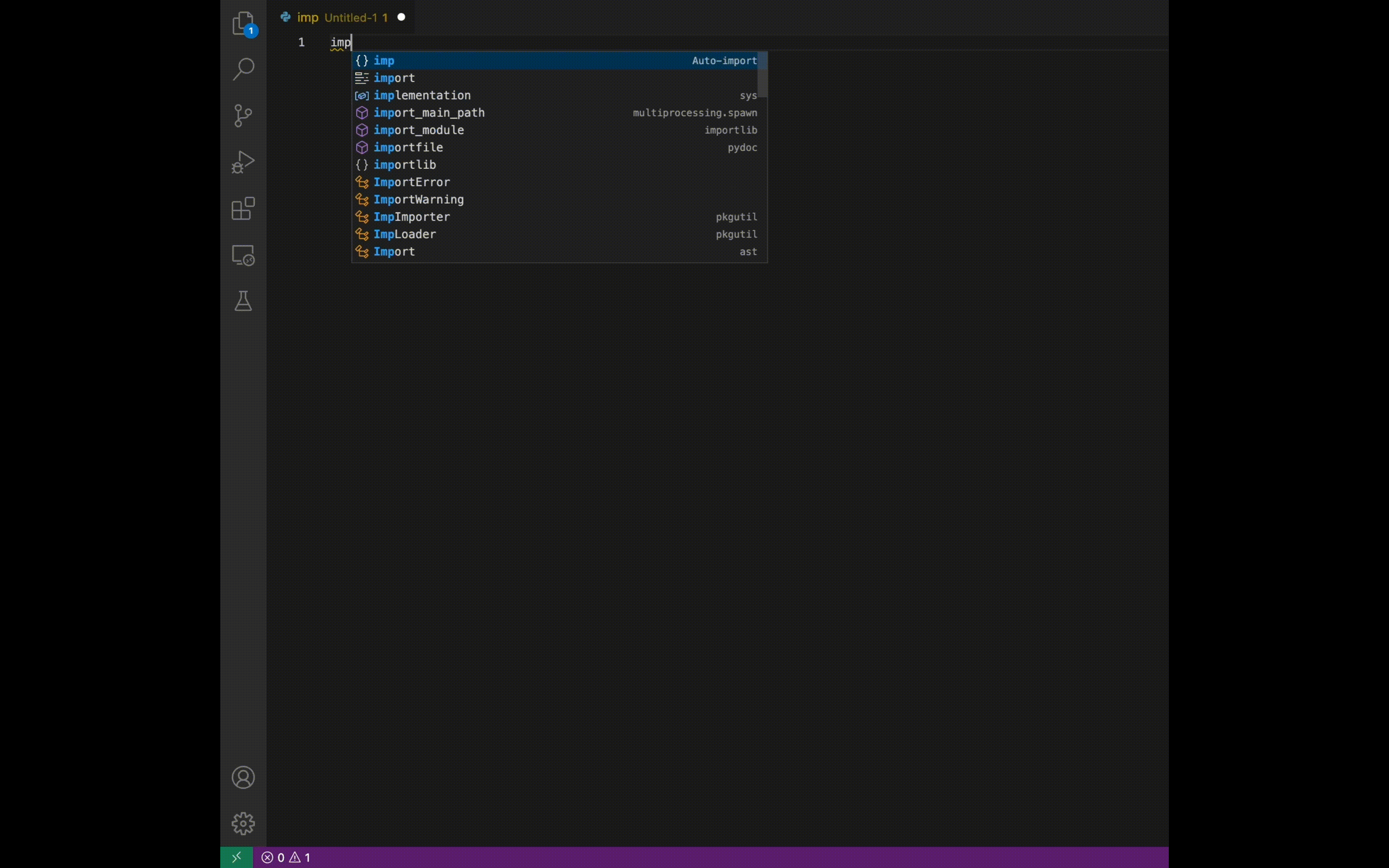
简介
代码生成是根据编程人员的输入,生成出编程人员想要的代码,能够帮助编程人员甚至独立生成代码,提高编程效率。
特色
本项目是基于预训练语言模型CodeGen的代码生成,具有以下优势:
- 效果领先。CodeGen(16B)在HumanEval benchmark上评估指标已经超过OpenAI's Codex。
- 免费的Github Copilot。支持通过Github Copilot调用该模型,让你免费体验代码AI助理。
- 高性能。基于FastGeneration打造高性能推理,毫秒级响应。具体加速指标可参考perf。
- 支持自定义数据集训练。可增加自己的代码数据加以微调,让其更智能。
- 开箱即用。本项目提供TaskFlow接口,无需训练,仅需几行代码便可预测。
效果展示
- Github Copilot代码提示效果展示
- 解算法题效果展示。求解无重复字符的最长子串的长度
from paddlenlp import Taskflow prompt = "def lengthOfLongestSubstring(self, s: str) -> int:" codegen = Taskflow("code_generation", model="Salesforce/codegen-2B-mono",decode_strategy="greedy_search", repetition_penalty=1.0) print(codegen(prompt))
结果输出为:
if not s: return 0 start = 0 end = 0 max_len = 0 while end < len(s): if s[end] not in s[start:end]: max_len = max(max_len, end - start + 1) end += 1 else: start += 1 return max_len
Jupyter Lab插件配置
请参考codegenJupyterLabExt, 感谢生态开发者@chenqianhe的贡献!
GithubCopilot插件配置
以VS Code的插件为例
环境依赖
- PaddleNLP >= 2.4.0
- PaddlePaddle >= 2.3.1
其他依赖:pip install -r requirements.txt
代码结构说明
以下是本项目主要代码结构及说明:
codegen/
├── requirements.txt # 环境依赖
├── codegen_server.py # server启动脚本
├── run_clm.py # 训练评估脚本
├── run_clm.sh # 启动脚本
└── README.md # 说明文档
启动服务
配置参数说明
在codegen_server.py中配置如下参数:
model_name_or_path:模型名,默认为 "Salesforce/codegen-350M-mono"device:运行设备,默认为"gpu"temperature:解码参数temperature,默认为0.5top_k:解码参数top_k,默认为10top_p:解码参数top_p,默认为1.0repetition_penalty:解码重复惩罚项,默认为1.0min_length:生成的最小长度,默认为0max_length:生成的最大长度,默认为16decode_strategy:解码策略,默认为"greedy_search"load_state_as_np:以numpy格式加载模型参数,可节省显存,默认为Trueuse_fast:是否使用FastGeneration,可加速推理,默认为Trueuse_fp16_decoding:是否使用fp16推理,可节省显存和加速推理,默认为True
测试服务
import openai openai.api_key = 'dummy' openai.api_base = 'http://127.0.0.1:8978' result = openai.Completion.create( engine='codegen', prompt='def hello', max_tokens=16, temperature=0.1) print(result) ''' <OpenAIObject text_completion id=cmpl-dmhoeHmcw9DJ4NeqOJDQVKv3iivJ0 at 0x7fe7a81d42c0> JSON: { "id": "cmpl-dmhoeHmcw9DJ4NeqOJDQVKv3iivJ0", "choices": [ { "text": "_world():\n print(\"Hello World!\")\n\n\n#", "index": 0, "finish_reason": "stop", "logprobs": null, } ], "usage": { "completion_tokens": null, "prompt_tokens": null, "total_tokens": null } } '''
注意:如果要从本地访问服务器,127.0.0.1需要换成服务器的对外IP。
配置插件
打开用户设置(settings.json),增加一行配置
"github.copilot.advanced": { "debug.overrideEngine": "codegen", "debug.testOverrideProxyUrl": "http://127.0.0.1:8978", "debug.overrideProxyUrl": "http://127.0.0.1:8978" },
接下来就可以愉快地使用了
注意事项
- 如果使用FastGeneration,需要设置codegen_server.py中
use_fast=True,第一次推理会涉及到编译,会耗费一些时间。FastGeneration的环境依赖参考这里。 - 如果要使用自己训练好的模型,可以设置codegen_server.py中
model_name_or_path为本地模型路径。 - 如果要从本地访问服务器,上述的
127.0.0.1需要换成服务器的对外IP。 - 如果出现下方的提示和报错,则说明FastGeneration没有启动成功,需要定位下失败的原因。或者也可设置
use_fast=False,不启动FastGeneration加速,但推理速度会较慢。
FastGeneration is not available, and the original version would be used instead.
RuntimeError: (NotFound) There are no kernels which are registered in the unsqueeze2 operator. [Hint: Expected kernels_iter != all_op_kernels.end(), but received kernels_iter == all_op_kernels.end().] (at /home/Paddle/paddle/fluid/imperative/prepared_operator.cc:341) [operator < unsqueeze2 > error]
- 本代码也支持插件fauxpilot,感谢@linonetwo测试。
settings.json中配置"fauxpilot.server": "http://服务器ip:8978/v1/engines"
训练定制
数据准备
从本地文件创建数据集
在许多情况,我们需要使用本地数据集来训练我们的代码生成模型,本项目支持使用固定格式本地数据集文件进行训练。
本地数据集文件格式如下:
- train.json/test.json 文件格式: 每行为一个jsonline
{
"code": "from paddlenlp.transformers import CodeGenForCausalLM\n\n\nmodel = CodeGenForCausalLM.from_pretrained('Salesforce/codegen-2B-mono')\n"
}
模型训练
运行如下命令即可在样例训练集上进行finetune,并在样例验证集上进行验证。
# GPU启动,参数`--gpus`指定训练所用的GPU卡号,可以是单卡,也可以多卡 unset CUDA_VISIBLE_DEVICES python -m paddle.distributed.launch --gpus 0,1 run_clm.py \ --model_name_or_path Salesforce/codegen-350M-mono \ --block_size 1024 \ --output_dir output \ --train_file train.json \ --validation_file test.json \ --num_train_epochs 5 \ --logging_steps 10 \ --save_steps 1000 \ --per_device_train_batch_size 2 \ --per_device_eval_batch_size 2 \ --learning_rate 1e-4 \ --warmup_ratio 0.1 \ --do_train \ --do_eval \ --device gpu
使用多卡训练可以指定多个GPU卡号,例如 --gpus "0,1"
关键参数释义如下:
gpus指示了训练所用的GPU卡号。model_name_or_path指示了finetune使用的具体预训练模型,可以是PaddleNLP提供的预训练模型(详见模型列表),或者是本地的预训练模型。如果使用本地的预训练模型,可以配置本地模型的目录地址,例如: ./checkpoints/model_xx/,目录中需包含paddle预训练模型model_state.pdparams。如果使用PaddleNLP提供的预训练模型,可以选择下面其中之一。block_size表示训练时候数据被拆分的块数。output_dir表示模型的保存路径。train_file本地训练数据地址,数据格式必须与dataset_name所指数据集格式相同。validation_file本地测试数据地址,数据格式必须与dataset_name所指数据集格式相同。num_train_epochs表示训练轮数。logging_steps表示日志打印间隔。save_steps表示模型保存及评估间隔。per_device_train_batch_size表示训练时每张卡上的样本数目。per_device_eval_batch_size表示测试时每张卡上的样本数目。learning_rate表示基础学习率大小,将于learning rate scheduler产生的值相乘作为当前学习率。warmup_ratio表示学习率逐渐升高到基础学习率(即上面配置的learning_rate)所需要的迭代数占总步数的比例,最早的使用可以参考这篇论文。do_train表示是否训练。do_eval表示是否评测。device表示使用的设备,从gpu和cpu中选择。
可通过bash run_clm.sh启动训练,更多参数详情和参数的默认值请参考run_clm.py。
程序运行时将会自动进行训练和验证,训练过程中会自动保存模型在指定的save_dir中。 如:
./output/
│── model_config.json
│── model_state.pdparams
│── tokenizer_config.json
│── special_tokens_map.json
│── added_tokens.json
│── vocab.json
│── merges.txt
└── ...
NOTE: 如需恢复模型训练,model_name_or_path配置本地模型的目录地址即可。
项目地址
https://github.com/PaddlePaddle/PaddleNLP/tree/develop/examples/code_generation/codegen#简介
文章来源: https://blog.upx8.com/3406
如有侵权请联系:admin#unsafe.sh
如有侵权请联系:admin#unsafe.sh

